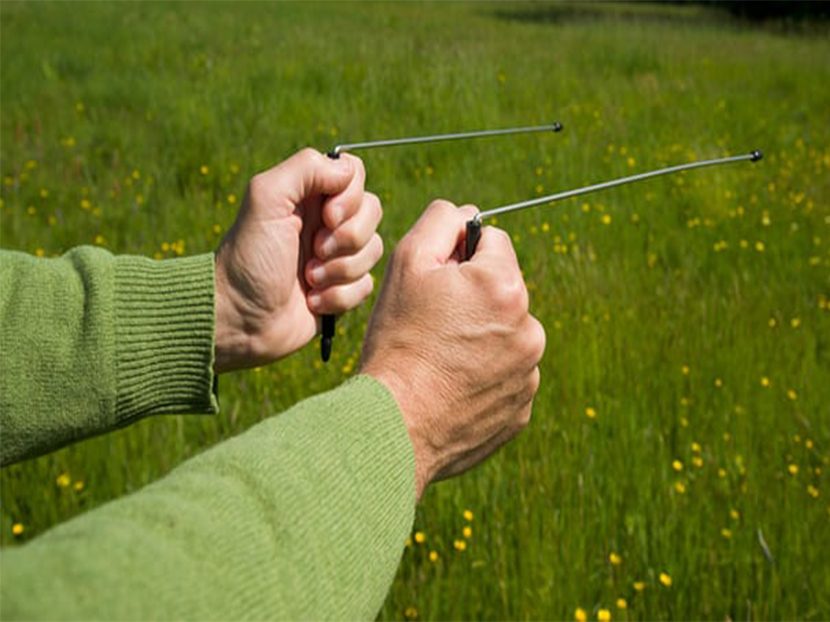UK Utilities Admit to Using Divining Rods to Locate Pipelines

If you had to locate a pipeline buried underground, would you use a divining rod? Evidently, 10 out of 12 water and sewer utilities in the United Kingdom do.
That’s what Sally Le Page, an Oxford University scientist stumbled upon after her parents told her about how a public utility tech used two “bent tent pegs” to find a water main by their home.
She contacted all the UK's water companies, and a majority confirmed engineers still use the centuries-old practice.
The process of using divining rods was first used hundreds of years ago. A user or "dowser" will typically hold the rods, also called “witching sticks,” slightly apart while walking over land and being alert for any movement of the rods to touch to find water.
How does dowsing “work?” In her blog post, Le Page explains the ‘ideomotor effect,’ the same phenomenon that makes the planchette on a Ouija board seem to move without anyone pushing it.
"I can't state this enough,” Le Page wrote in a blog. “There is no scientifically rigorous, doubly blind evidence that divining rods work. Isn't it a bit silly that big companies are still using magic to do their jobs?
In a statement issued later, Severn Trent , the utility sent to her parent’s home that services 4.5 million households in the UK, said, “We don't issue divining rods, but we believe some of our engineers use them."
Indeed, since other media picked up Le Page’s story, there’s been a considerable amount of backtracking from the original admissions with most utilities blaming “rogue engineers” for the practice, adding that modern methods such as drones and listening devices were preferred.
How interesting: @DwrCymru deleted their tweet admitting to using water divination. Good job I screenshotted every response as they came in! https://t.co/9CVWixZMGt pic.twitter.com/5s7bcQhsm0
— Sally Le Page (@sallylepage) November 21, 2017





